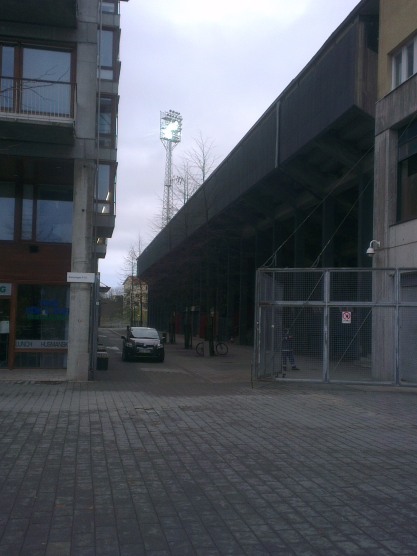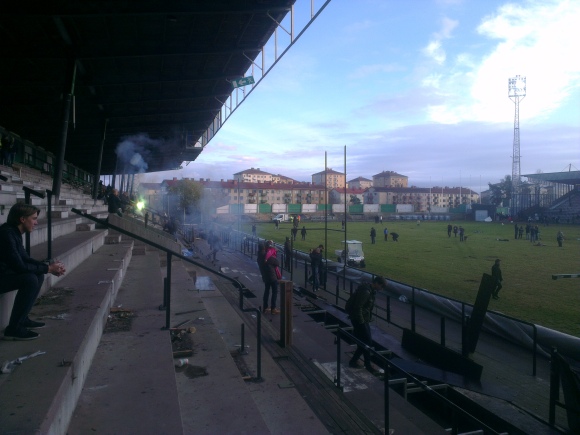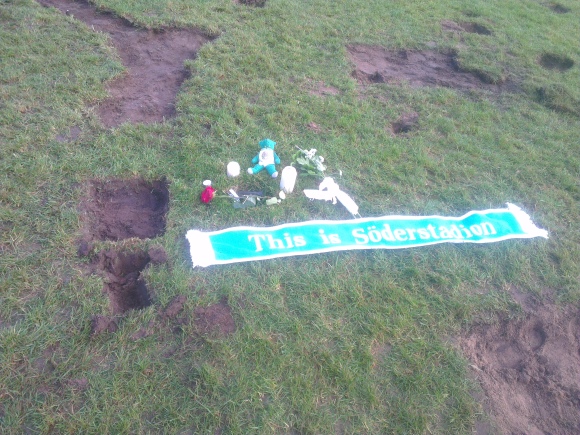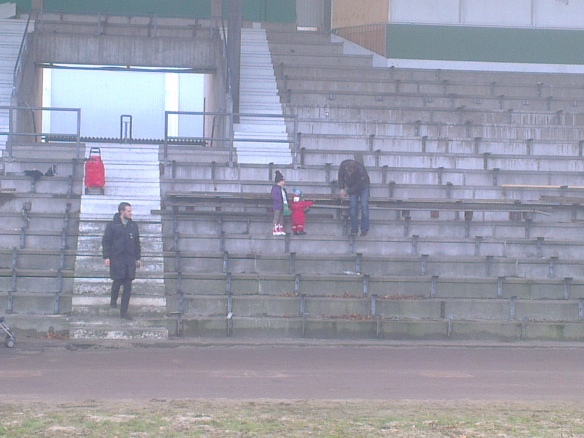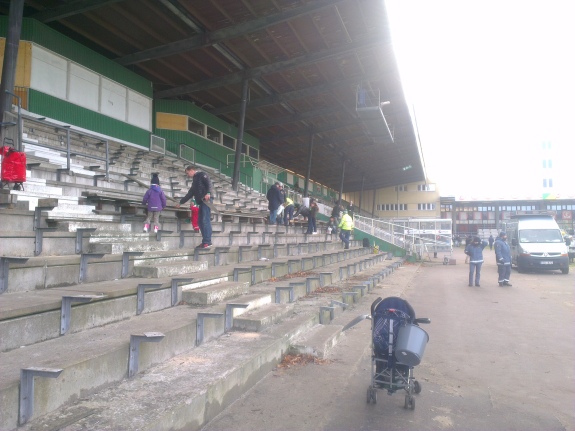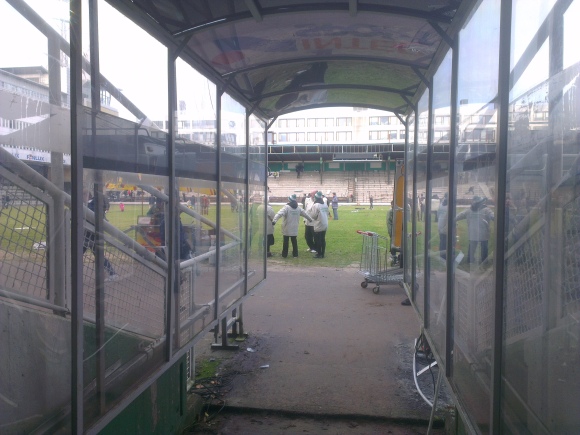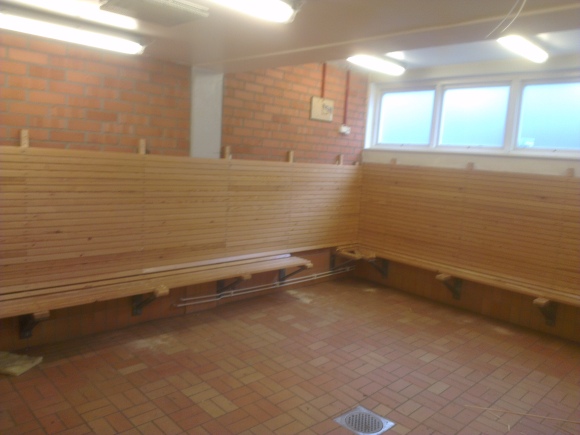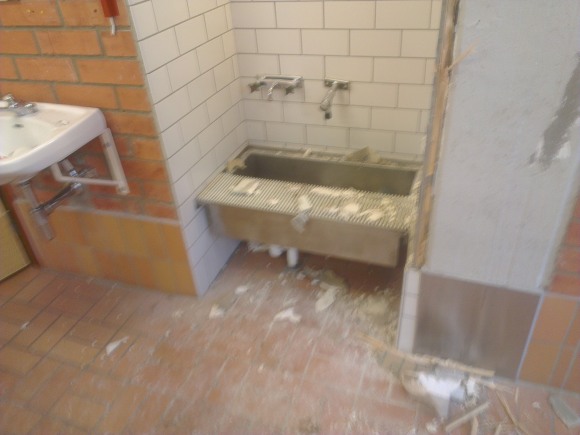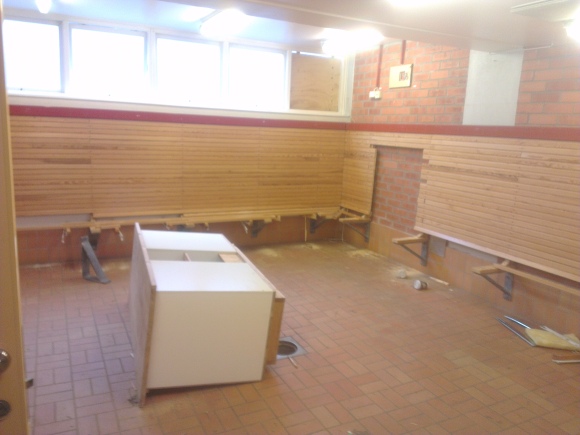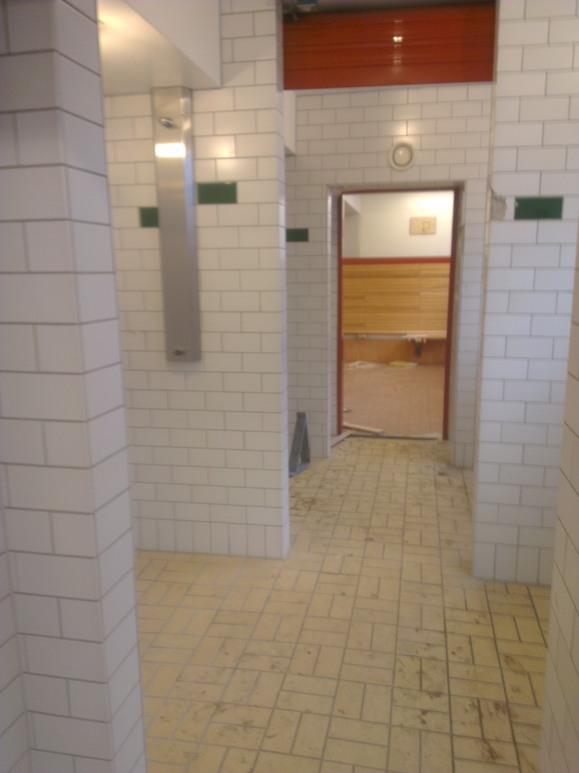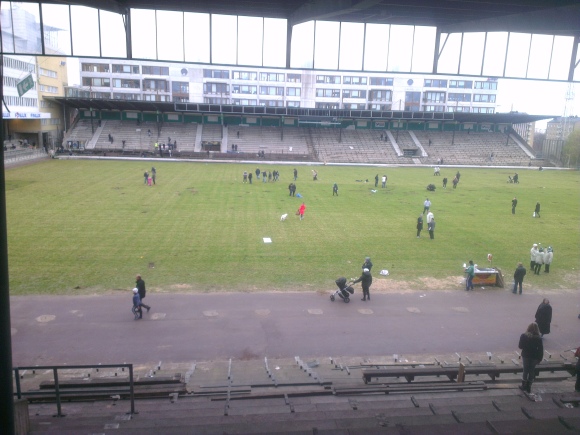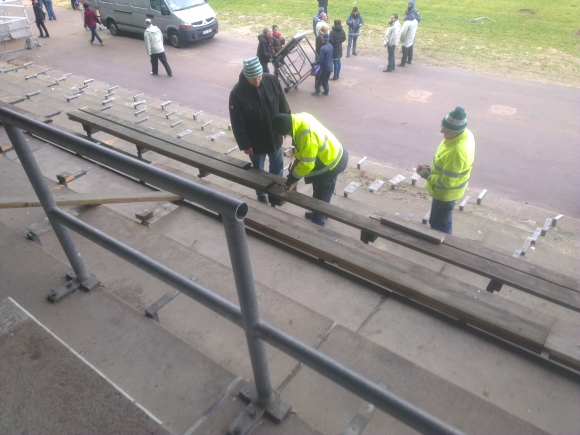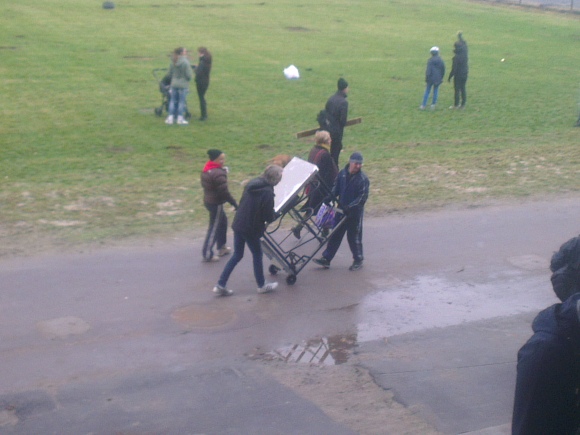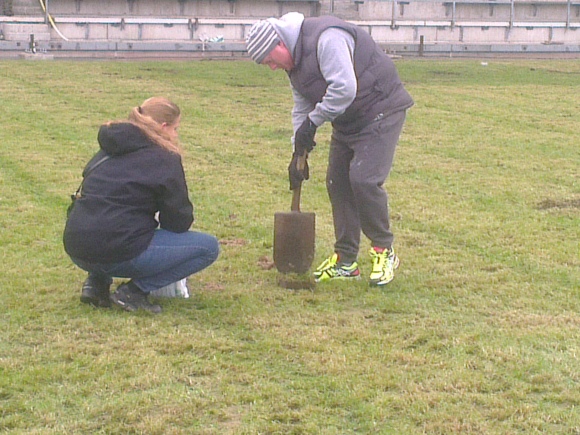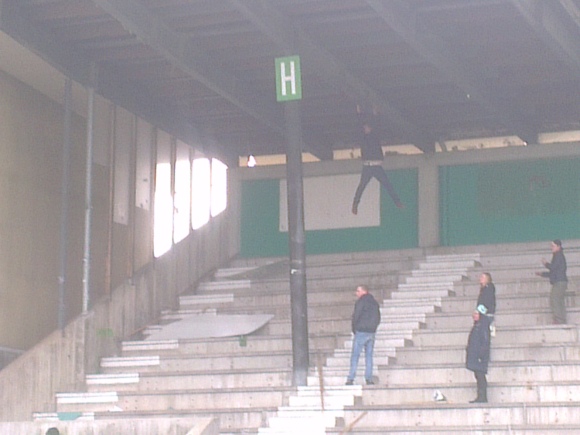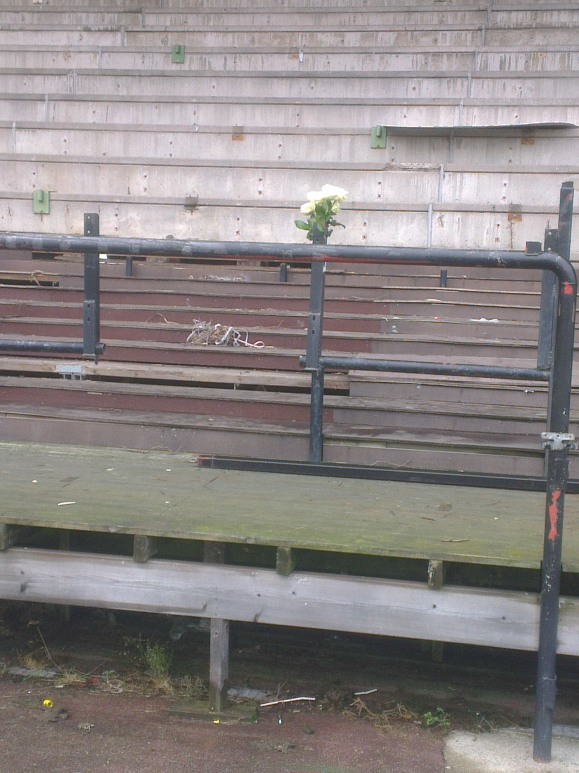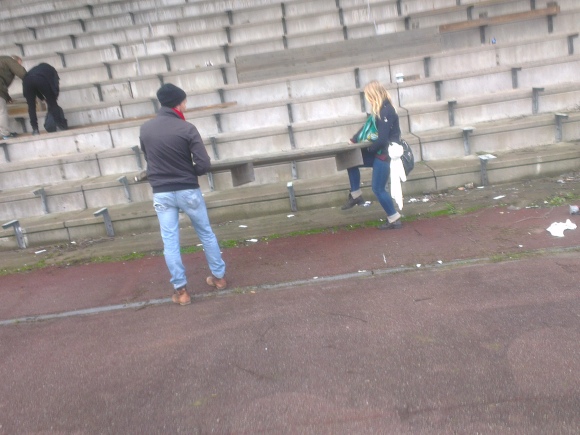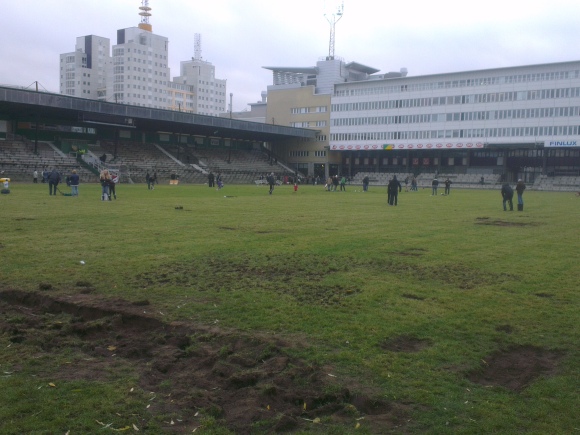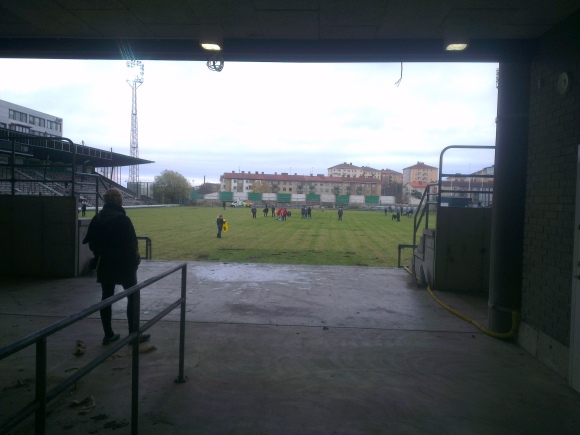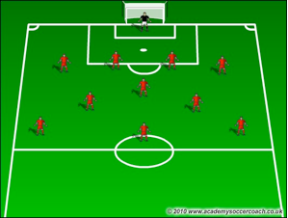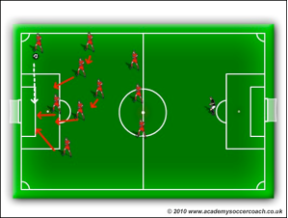Warning: today I won’t be writing about football. I imagine the majority of the people who stumble across this page do so because they follow me on Twitter which, presumably, they do because they’re interested in sport. If you’re still following me then it’s because you haven’t allowed my inane rambling on said social media platform to put you off – which means you have an open mind. Bravo, and thanks.
I’m going to ask you to keep that wonderful mind open while reading this piece. There is a band you need to hear, and today you’re going to hear them. You may or may not like it at the end of the experience (that’s beside the point) but you absolutely need to hear it at least once. The band is called Ghost, and they are on the road to becoming huge.
In the world of hard rock they already are, but while their sophomore release broke the top 40 in both the U.K and the U.S, they never got near the top 10 or even 20. At present therefore we can’t quite say Ghost are universally well-known among your average listener. I’m absolutely convinced that’s about to change. There is nothing quite like them out there – and they’re getting even better.
At the risk of drifting into cliché, Ghost genuinely have something for everyone. If you’re a casual pop fan you’re in luck: their music is full of brilliant hooks, an obvious reflection of their emergence from Sweden (a nation that knows plenty about writing great pop songs). If rock is more your thing, then the instrumentation will keep you interested. Seasoned musicians will appreciate the nuances of a group of players who have been around for years as both live and studio musicians prior to forming this particular outfit. Choral music fan? Their second record has more Latin choir work than you can shake a Gregorian chant at. Hell, even if you’re not a great lover of music and more of a film buff, then there’s something there for you too. The references to classic horror movies in their imagery are many, their merchandise also harking back to some of the greats of modern cinema. See the cover of their recent Dave Grohl-produced EP, for example…
Refreshingly, their music manages to be simultaneously both accessible and challenging, with a huge dose of humour on the side. When you first cast eyes on the group – comprised of five nameless ghouls and one zombie – chances are that, like me, you will presume a certain kind of output: aggressive, angry young man stuff that forsakes melody. Wrong. No screaming to be found here. Instead, there are vocal melodies destined to be stuck in your head for days. Ghost manages to make the lines “Hail Satan, Archangelo. Hail Satan, Welcome year zero” catchier than most of the stuff in the charts these days, and that’s no mean feat. I’m not kidding. The proof is in the pudding:
Ghost’s unashamed love of a hook has pissed off a fair chunk of the heavy metal crowd, while their (completely self-aware and not at all serious) satanic imagery isn’t likely to go down well with some the mainstream audience either. That can only be a good thing. Anything worthwhile challenges norms.
It’s the whole package that really makes them special. Everything has been taken into consideration, to the finest detail. Each year there is a clear progression in the image, part of a long-term plan that the band insists has been mapped out for years (judging by how fully realised the concept was from day one, I believe them). Their lyrics contain more historical research than some people get through in a PHD. Their singer, a fictional undead satanic pope (did I just write that?), went to the effort of learning pidgin Italian so he could portray his character as authentically as possible in a recent mockumentary. The amount of work that has gone into the experience is astounding.
I’ve fought my case for long enough (music can’t be imposed, you either like it or not) so as a parting note I’ll say that as wonderful as the records are, Ghost are an even better experience live. I was introduced to them through exactly that avenue. I caught the band supporting another group in London around a year ago now and was absolutely blown away – the first time I ever remember being impressed by a support act. On vinyl, CD or.. Spotify (that’s what the kids use these days, right?) their music is infectious, but in the flesh it’s something else.
PS: Here’s the brilliant cover of Roky Erickson’s “If you have Ghosts” they released last year. Like all good covers, it’s completely left-field, reminding me a little bit of when Van Halen used to cover old Motown hits and leave the oh-so-serious rockers fuming. The next Ghost album is in the works and due out within the year – after extensive touring across the world, it wouldn’t’ be a shock if it does significantly better than the last one. In any case, I’d imagine this won’t be the last time you hear of them.

